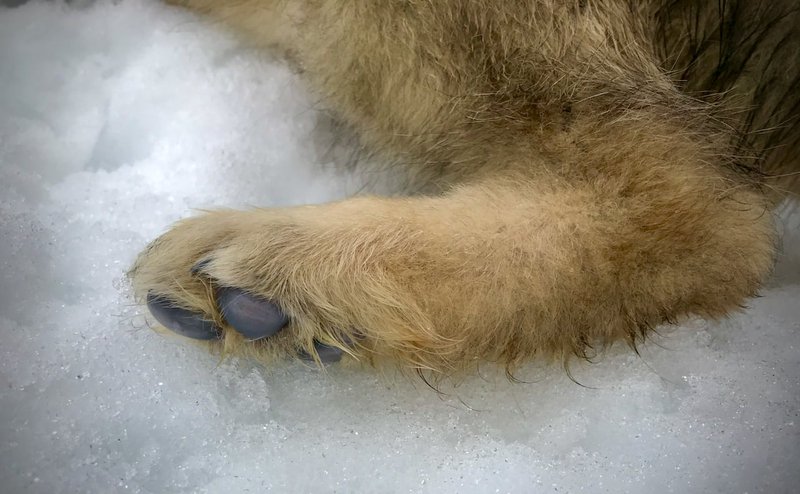Living in Snow

How do dogs walk on the snow and ice without freezing?
It is the middle of winter and many places around North America are covered in snow and ice. Yet, millions of dogs, wolves, coyotes, and fox live and play outdoors for hours in all that freezing weather without the need for layers of paw protection. How in the world can that be?
Using high-powered electron microscopes, scientists have discovered how new pathways in the canine's biology that work to heat up the blood flow to a dog's extremities during the coldest winter months.
Just like penguins in Antarctica, our canine companions have a counter-current heat exchange system where blood flow traveling from the heart warms the blood coming from the paws/feet by way of numerous small veins that branch out from the animal's main arteries.
Incredibly, dogs (and many other animals) have adapted to winter's frigid icy insulation by warming themselves through their own body's natural heat production. Not only do canines have a higher temperature than humans, but they also transfer body heat in a different way that is specially adapted for the cold.
In the picture above, the Count (Tsar/Florin) shows off his blue paws when blood flow is restricted from his feet while running through the snow. I was baffled by this color-changing phenomenon at first, but, he was perfectly happy with his blue paws as he played with his friends on the freezing ground.
Black Dragon, Regina, Jessie, and Trixie also showed a bluish color change to their paws as they ran through the deep white powder.
Many (most) articles on the Internet warn about this bluish/grayish color change as the first sign of frostbite. However, I saw no indication of my dogs being in discomfort in the snow, despite this color change. Not only that, Black Dragon and his puppy friends prefer to be in the snowy ground much of the day. Black Dragon signals me by touching the metal door with his paw in order to be let out. Blue paws do not stop him from enjoying the snow. He often bounds and leaps through the white blanket, burying his nose to catch the scent of a tunneling mouse or shrew.
Frostbite does occur in dogs, but it is quite rare, especially if you allow your dog to acclimate to the colder weather during the winter.
The next time you are out with your dog in the snow, I would be curious to hear if you notice your dog's paws turning gray/blue as they cross the icy wonderland.
Stay warm this winter and give your DireWolf Dog a hug from your inland northwest relatives!